Numero Uno, a.k.a. Pink Pearl:
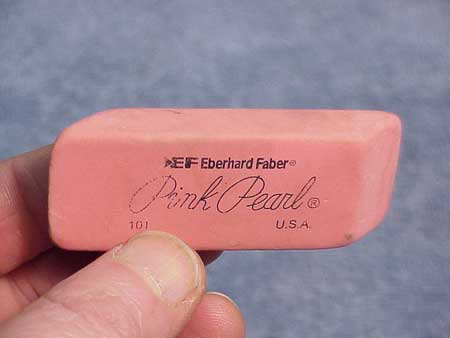
You just can't beat old Pinky here. He's a great size and shape for a little sanding block. You can use his flat side for most surfaces, and the edge for little narrow areas.
Here, he glides over the back of a peghead:
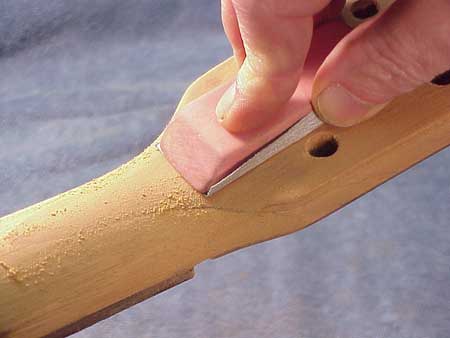
And down the shaft of the neck, maintaining a smooth flow over the transition of the two surfaces:
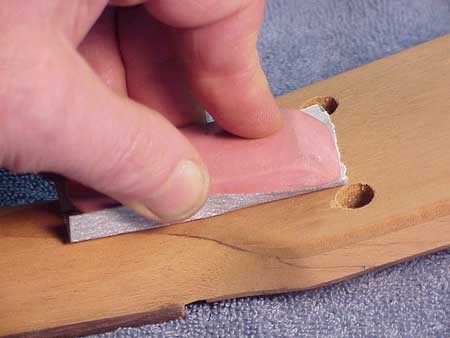
This block bends easily to follow general contours, but is firm enough to avoid sanding serious hollow areas, if used carefully.
This green eraser is a thicker version of the same kind of rubber. Being thicker, it doesn't bend easily, and I often sand it to contours, much like my cork blocks:
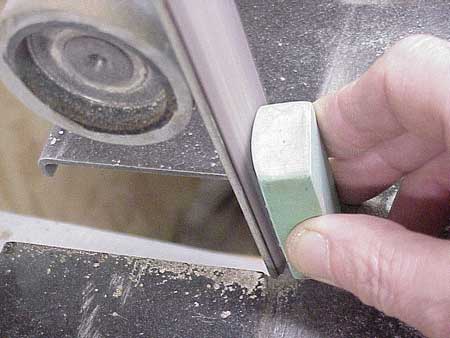
A bit more forgiving than the cork block, the contoured rubber block is particularly useful in sanding archtop guitars and mandolins, especially in that little "recurve" near the edges.
While not, strictly speaking, harder than rubber blocks, I find scraps of leather really useful in finishing up rounded surfaces:
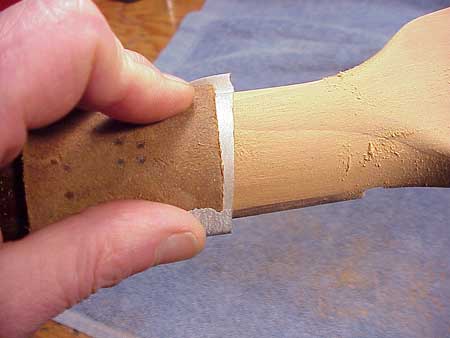
I find myself often tempted to simply wrap the sandpaper around the neck and sand by hand, without any backing. I think I get better results if I avoid that temptation, and I try to make a rule never to sand without at least a leather backing. I really don't want to use my fingers to change the contour of any surface!
Here, the leather helps me maintain the smooth flow of contour as the neck shape "transitions" to the peghead shape:
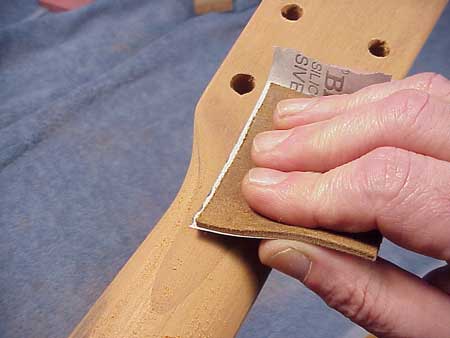
I'll be adding more about sanding blocks as I take more pictures. . .